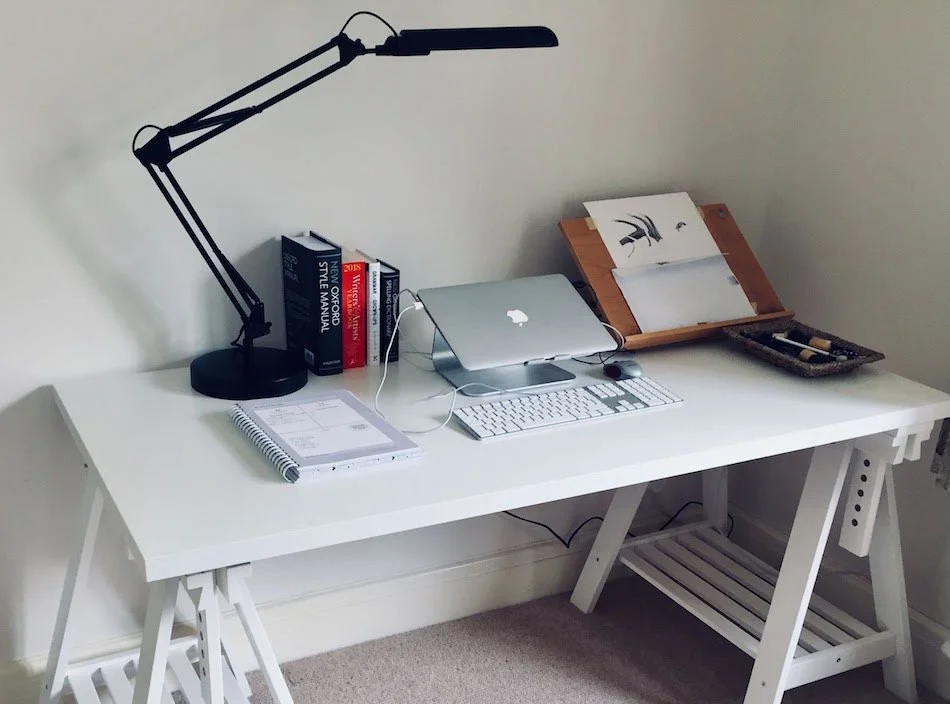Working as a freelance graphite artist
I often have people contacting me to ask what it’s like working as a freelance graphite artist and how I find balancing this with other work streams. In this blog post I thought I’d share my experiences of working as a freelance artist, after running my own business for nearly a decade.
The essence of working as a freelance artist
It’s hard to know where to start in some ways in answering these questions because I think that this kind of route is so unique to the individual that it’s almost impossible to generalise, and that in itself is probably the essence of working freelance: it enables you to have the relative freedom to experiment and carve out your own path. I say relative freedom because we all typically have financial and personal commitments that we need to fulfil too, so there is a need to find the right balance.
Being freelance quickly highlights your strengths and weaknesses as you are ultimately responsible for everything to do with managing your own time and business, which may take a little adjusting to. I run the art side of my work alongside ecology work, proof-editing and writing work, so at times there are a lot of things to juggle; over the years I have more-or-less figured out a balance that I know works for me. Part of that is making sure that I have space in my working week to absorb the extras and admin that inevitably arise. Free time is always swallowed up with the unanticipated, so making sure that there is some flex in my hours is essential.
“Being freelance quickly highlights your strengths and weaknesses”
I think working for yourself and being able to control your workload and the type of work that you accept means that the ‘work’ label begins to fade – the way that you spend your days becomes more about general life-living. I have a much greater sense of fulfilment working freelance compared to being in full-time employment. The package seems much more well-rounded somehow.
You have to be prepared for bumps and challenges along the way, the need for constant re-evaluation of progress and the ability to adjust things where needed. I have definitely learned over the years to follow my gut instinct when making decisions. That is particularly relevant when considering when to turn down work.
There are also likely to be decisions to make in terms of the type of work that you focus on for an income, versus the less lucrative work that you would rather be doing and how you balance that.
“I have a much greater sense of fulfilment working freelance compared to being in full-time employment”
A strong draw for people to work freelance is achieving a better work–life balance. In my own case, I’m not sure the whole work–life balance is something I have figured out as such; it is more about the fact that I am in control of my workload and take on things that I am comfortable with and enjoy. I would definitely say that my life is much happier for it but I have to admit that I am just as busy as I have ever been – and I like it that way.
I hope this post, working as a freelance graphite artist, has served as a little intro. In my next blog post, I will share my five top tips for working as a freelance artist.


